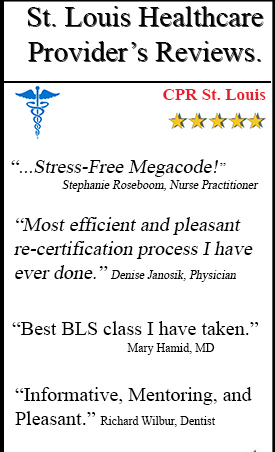Shingles by Chelsea Godwin
Call Us Now
Get the Best CPR Class in St. Louis Today!
Shingles are caused by the varicella-zoster virus; which is the same virus that causes chicken pox. This viral infection causes an extremely painful skin rash that can appear anywhere on the body; although, it most commonly appears on either side of the torso. After one gets chicken pox, this virus remains inactive in the body for many years (Harms). This is not a deadly virus and can be prevented by vaccinations.
The first symptom of Shingles is pain. However, some may experience burning, numbness, or tingling first. The next symptom is the red rash on the skin. This rash then turns into blisters that eventually break open and become itchy. The blisters form in a stripe-like pattern that usually wrap around the torso on one side. This is a very painful process and the pain can sometimes be mistaken for problems with the organs, such as lungs, kidneys, or even heart (Harms). The virus can appear in or around the eye and if not treated can cause permanent eye damage.
It is unknown why Shingles appear years after chicken pox in some people but not in others. Some causes that can increase one’s chance of activating the virus are old age and a weakened immune system. Shingles usually appears in adults over the age of fifty. Research has shown half the people who live to the age of 85 will experience shingles at some point in their lives (Harms). HIV/AIDS, cancer, and other diseases that weaken the immune system put people at risk for getting this viral infection. Drugs designed to prevent rejection of transplanted organs and prolonged use of steroids can increase ones risk of shingles (Harms). Varicella-zoster can be passed on to anyone who has not been exposed to the virus. The person that receives this virus will then get chicken pox and then the virus will remain inactive in the nervous system.
Complications from the virus not being treated quick enough can include Postherpetic neuralgia, Vision loss, Skin infections. Postherpetic neuralgia is when the pain is still occurring long after the blisters have gone away. This happens because damaged nerve fibers send confused and exaggerated messages of pain from the skin to the brain (Harms). If the blisters are not treated properly bacterial infections in the skin may develop as well. There is not a cure for Varicella-zoster, but there are medications that can be prescribed to help speed up the healing process and reduce ones risk of complications. These medications include Acyclovir, Valacyclovir, and Famciclovir (Harms). There are also two vaccines that can help prevent Shingles from developing. One is the chicken pox vaccine, varicella, and the other is the shingles vaccine, varicella-zoster. Neither of these vaccines guarantee prevention, but they can reduce the risk and severity of the virus.
Harms, Roger. “Shingles.” MayoClinic. N.p., 09 01 2011. Web. 4 Dec 2011. <http://www.mayoclinic.com/health/shingles/DS00098>






